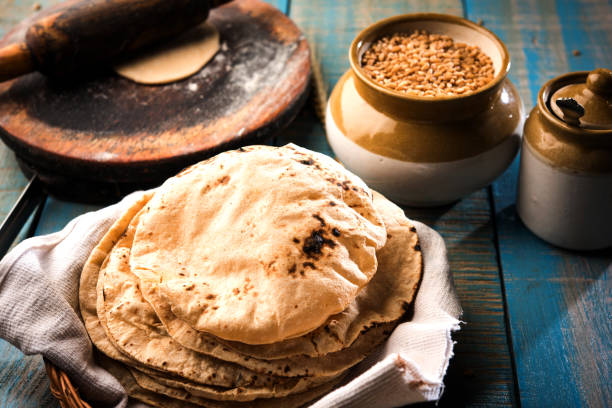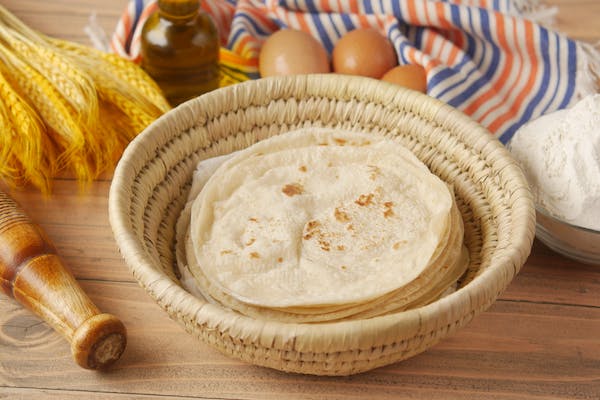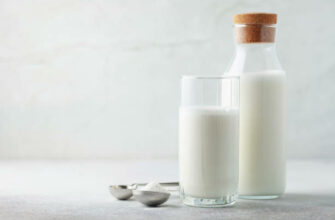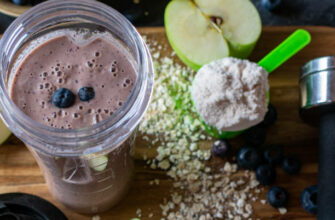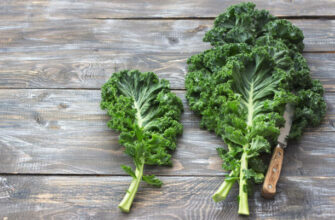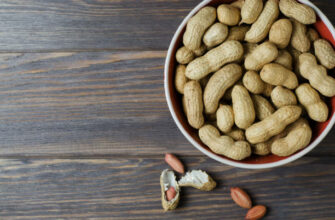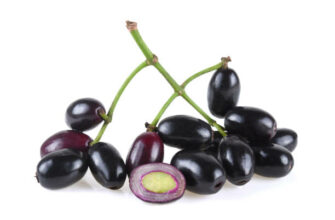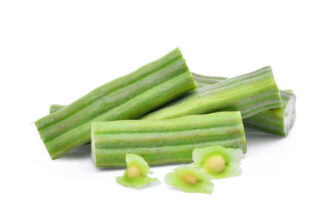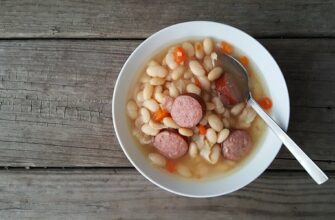Wheat roti, also known as chapati or phulka, is a type of flatbread that is widely consumed in South Asia and parts of the Middle East. It is made from whole wheat flour, water, and sometimes a small amount of oil or ghee. Wheat roti is a staple food in many parts of the world, and it is often served with a variety of dishes including vegetables, lentils, and curries.
But what is the nutritional value of wheat roti, and is it healthy for you? In this article, we will explore the nutritional content of wheat roti and its potential health benefits and drawbacks.
Nutritional Value of Wheat Roti:
One serving of wheat roti, which is typically one medium-sized roti, contains approximately:
70-80 calories
13-15 grams of carbohydrates
2-3 grams of protein
1 gram of fat
2 grams of fiber
Wheat roti is a good source of carbohydrates, which are the body’s primary source of energy. It is also a good source of fiber, which can help with digestion and weight management.
Wheat roti is relatively low in protein and fat compared to other sources of protein such as meat or dairy products. However, it can still be a good source of protein when paired with other protein-rich foods such as lentils or beans.
Is Wheat Roti Healthy for You?
Overall, wheat roti can be a healthy part of a well-balanced diet. Here are some potential benefits of consuming wheat roti:
Weight management: Wheat roti is low in calories and fat, making it a good choice for those looking to manage their weight. The fiber content of wheat roti can also help you feel full and satisfied, which may help with weight management.
Digestive health: The fiber in wheat roti can help with digestion and prevent constipation. It can also help to lower cholesterol levels and regulate blood sugar levels.
Heart health: The fiber in wheat roti can help to lower cholesterol levels, which may reduce the risk of heart disease. Wheat roti is also a good source of magnesium, which has been shown to have a positive effect on heart health.
Blood sugar control: Wheat roti has a low glycemic index, which means that it is absorbed slowly into the bloodstream and may help to regulate blood sugar levels. This can be especially beneficial for those with diabetes or at risk of developing diabetes.
There are also some potential drawbacks to consuming wheat roti, especially if it is consumed in large amounts or as a replacement for other nutrients. Here are some potential drawbacks to consider:
Gluten sensitivity: Wheat roti contains gluten, which can be problematic for those with gluten sensitivities or celiac disease. If you have a gluten sensitivity, it is important to avoid wheat roti and choose gluten-free alternatives instead.
Nutrient deficiencies: Wheat roti is relatively low in some essential nutrients such as protein and certain vitamins and minerals. If you rely heavily on wheat roti as a staple food, you may be at risk of nutrient deficiencies. It is important to consume a variety of nutrient-rich foods to ensure that you are getting all of the nutrients that your body needs.
Conclusion:
In conclusion, wheat roti can be a healthy part of a well-balanced diet when consumed in moderation. It is a good source of carbohydrates, fiber, and some essential nutrients, and it may have potential benefits for weight management, digestive health, heart health, and blood sugar control.

 Home
Home Health
Health Diet & Nutrition
Diet & Nutrition Living Well
Living Well More
More